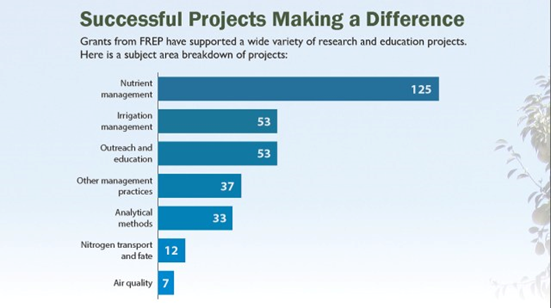For nearly a decade – since Senate Bill SBX2 1 (Perata) was signed into law in 2008, requiring the State Water Resources Control Board (State Water Board), in consultation with other agencies, to prepare a Report to the Legislature to “improve understanding of the causes of [nitrate] groundwater contamination, identify potential remediation solutions and funding sources to recover costs expended by the State…to clean up or treat groundwater, and ensure the provision of safe drinking water to all communities,” there have been multiple efforts focused on nitrogen impacts to groundwater quality.
Recently, The California Nitrogen Assessment, a new report from the Agricultural Sustainability Institute at the University of California, Davis, presents a big picture of the scale and impacts of nitrogen in the state. The report, published by UC Press, offers a scientific foundation to develop practices and policies that balance nitrogen’s benefits and harm.
As Secretary of the California Department of Food and Agriculture (CDFA), Karen Ross, wrote in CDFA’s Planting Seeds blog entitled Moving the Needle on Nitrogen Fertilizer Management in California, the California Nitrogen Assessment report, “acknowledges the use of nitrogen as a building block of plant growth – a vital element in the most basic function of farming. And it confirms that the key to reducing excess nitrogen from the agricultural sector lies in the pursuit of efficient, refined, science-based management of fertilization, irrigation and other farming practices – key priority areas of CDFA’s Fertilizer Research and Education Program (FREP).
CDFA’s FREP is dedicated to the scientific pursuit and practical implementation of that science for the efficient use of fertilizers. The program is tailored to the needs of individual crops, soil types, irrigation systems and other factors. In fact, FREP is for just that purpose, and it has been steadily adding to the relevant science for the last 25 years.”
As Secretary Ross states, “Since its establishment FREP has funded more than 200 research projects, most of them focused on understanding the nitrogen requirements of various crops and developing management practices that improve the performance of nitrogen fertilizers while minimizing their environmental impact. FREP’s most important achievement over the years is the way it makes that research available to the farmers and advisors who are in a position to put it to good use.”




